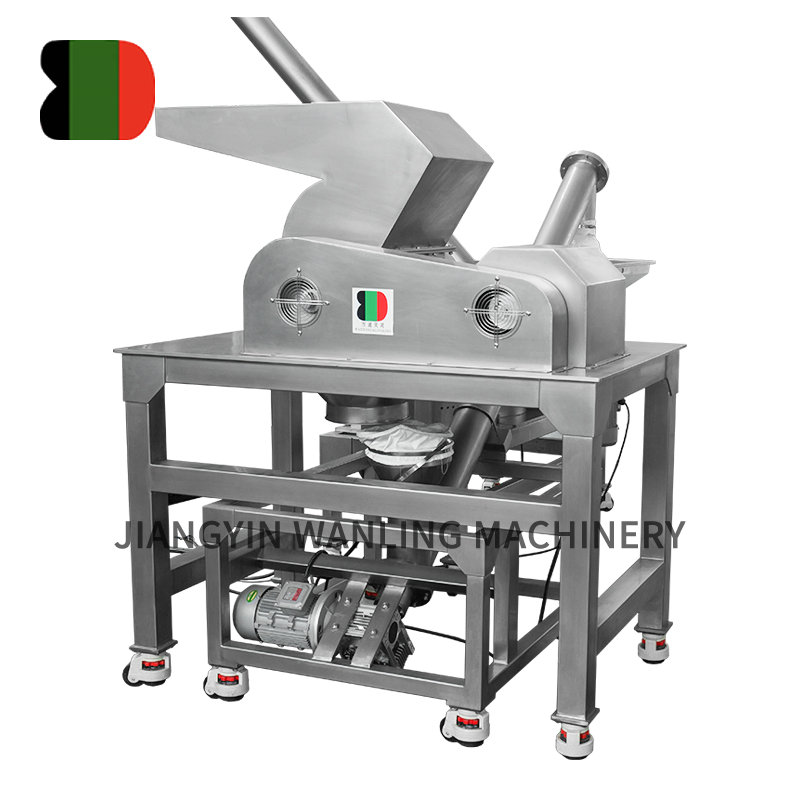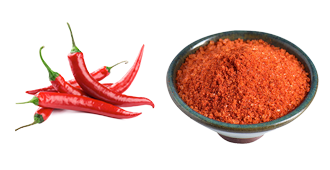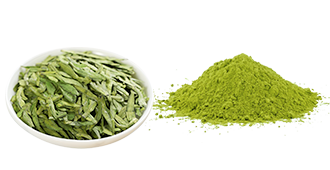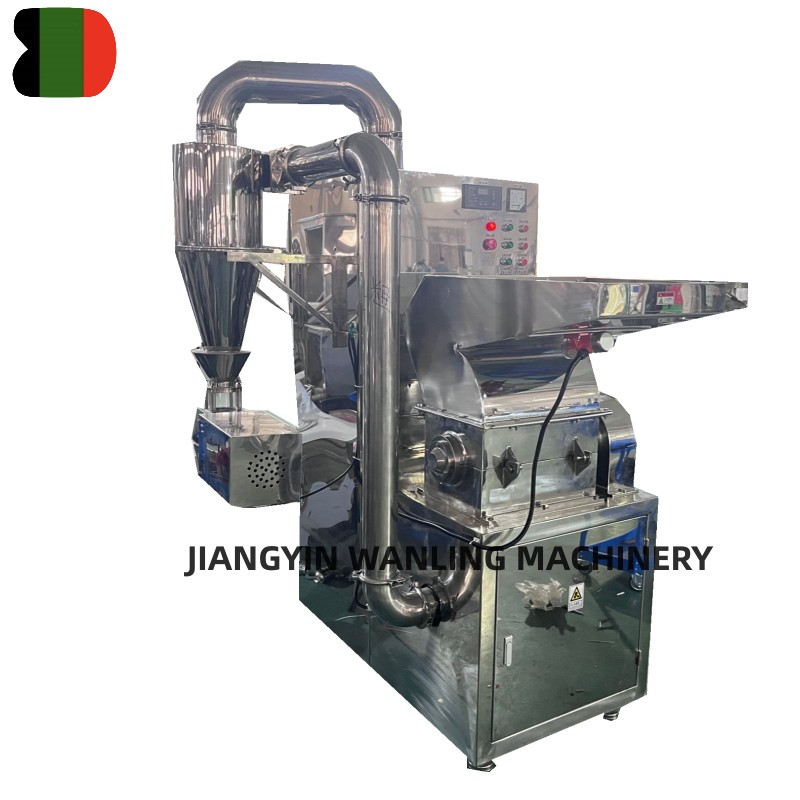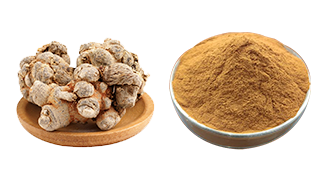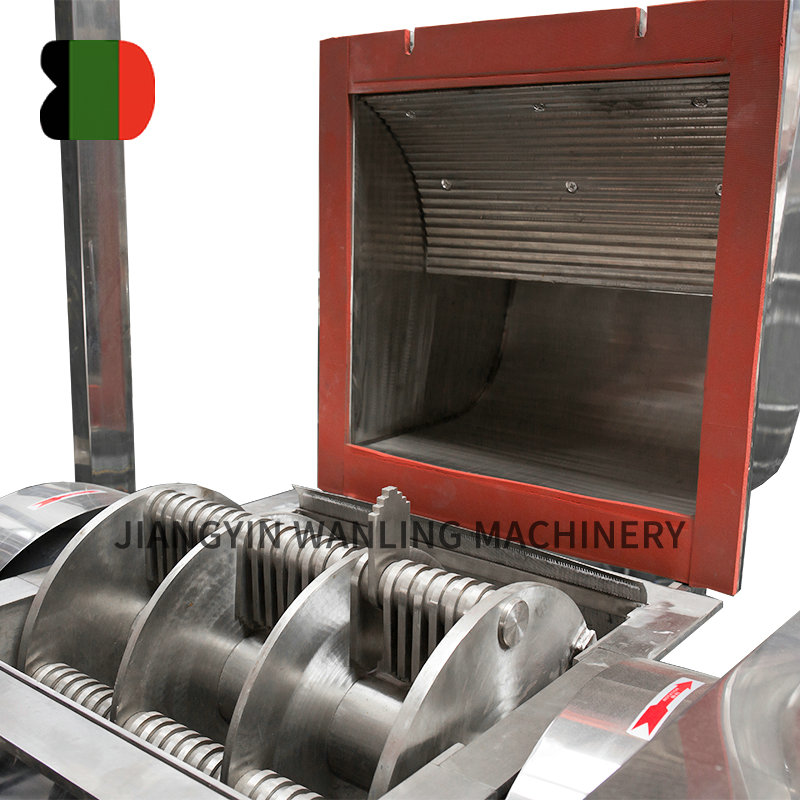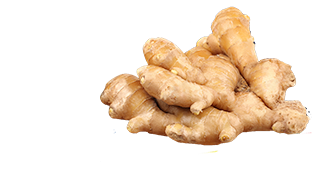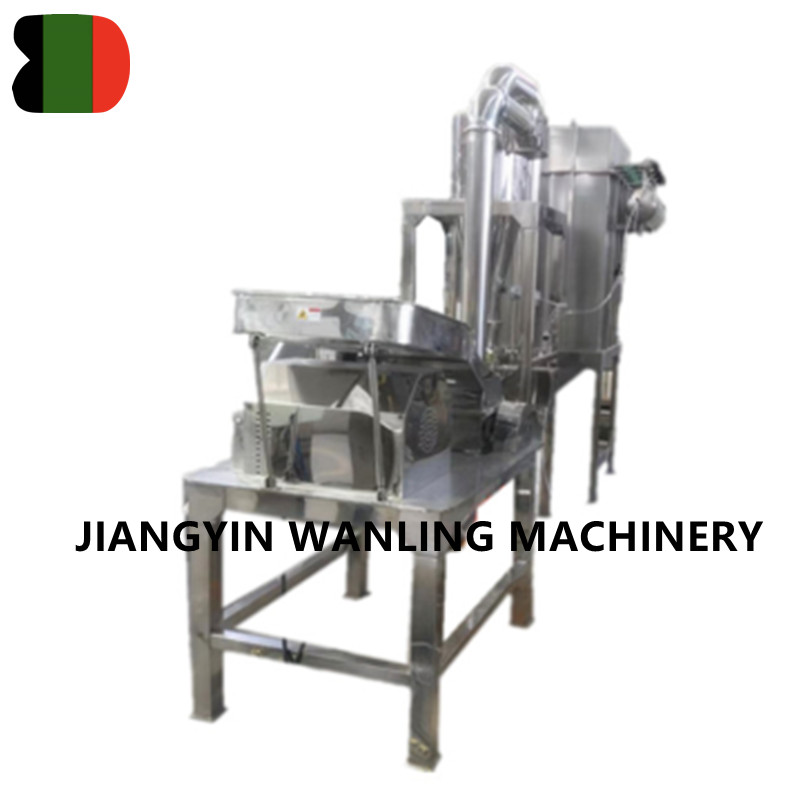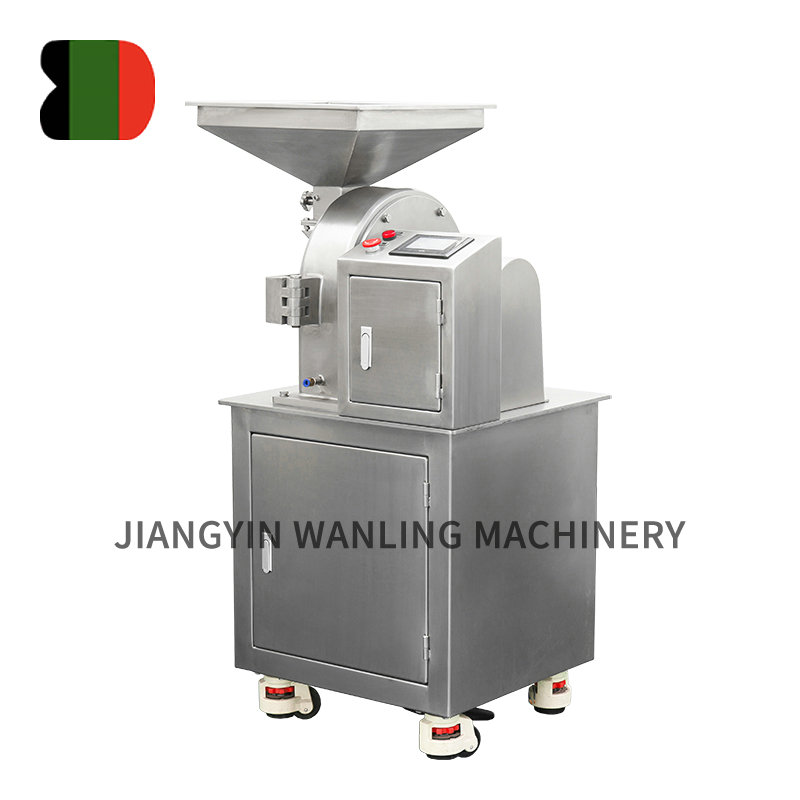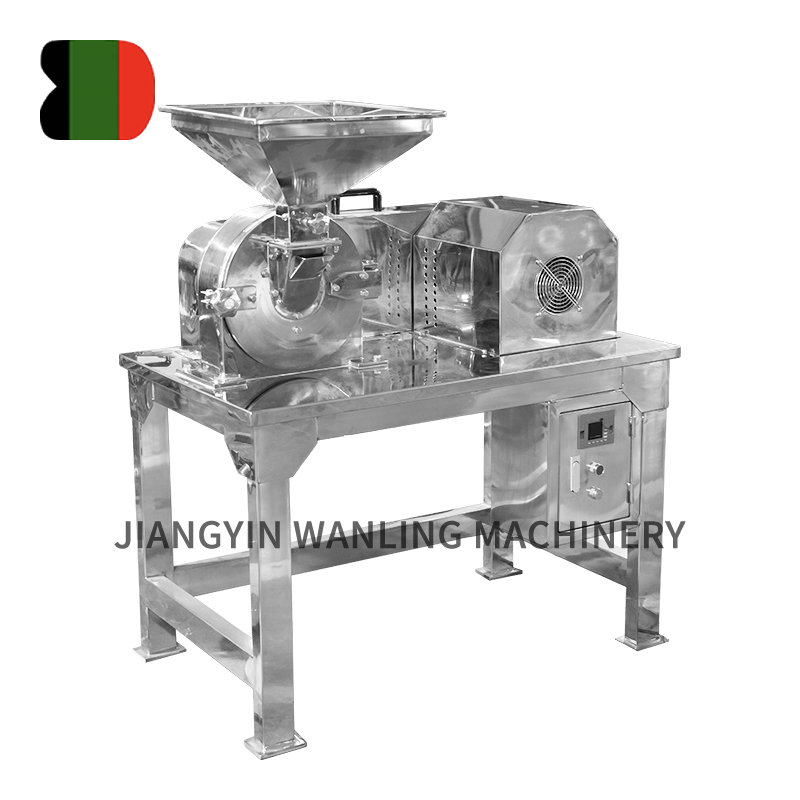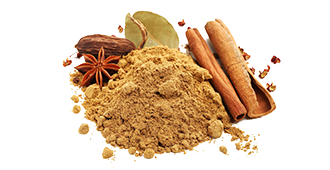Sugar is one of the most widely consumed sweeteners in the world, and its production involves a complex series of steps that transform raw agricultural materials into the refined sugar used in households and industries. A sugar mill is the facility where this transformation takes place, and understanding its primary processes reveals both the technical and operational sophistication behind sugar production.
Raw Material Reception and Preparation
The process begins with the collection of raw materials, primarily sugarcane or sugar beet, depending on the region. Upon arrival at the sugar mill, these materials undergo inspection and initial preparation:
- Cleaning: Dirt, leaves, and other foreign matter are removed from the harvested crops.
- Washing: Water is used to wash the raw materials thoroughly, reducing contaminants that could affect the quality of the juice.
- Cutting or Chopping: Sugarcane is chopped into smaller pieces, or sugar beet is sliced into thin strips, to facilitate efficient juice extraction.
This step ensures that the raw material is clean, uniform, and ready for the extraction process.
Juice Extraction
The next stage is extracting the sugary juice from the prepared raw material:
- Crushing or Milling: Sugarcane passes through a series of heavy rollers or mills that crush the stalks and release the juice. Multiple stages of crushing maximize sugar recovery.
- Diffusion (for sugar beet): Sliced beet strips are soaked in hot water, allowing sugar to diffuse out of the plant material into the liquid.
The resulting liquid contains a high concentration of sugar along with water, fibers, and other soluble compounds.
Clarification and Purification
Raw juice contains impurities such as soil particles, plant residues, and organic compounds that must be removed before crystallization:
- Lime Treatment: Lime or other alkaline agents are added to neutralize acids and precipitate impurities.
- Heating and Settling: The juice is heated and allowed to settle, which causes insoluble particles to form sediment.
- Filtration: The juice passes through filters to remove remaining solids, producing a clearer liquid known as thin juice.
This clarification step is critical for achieving high-quality refined sugar.
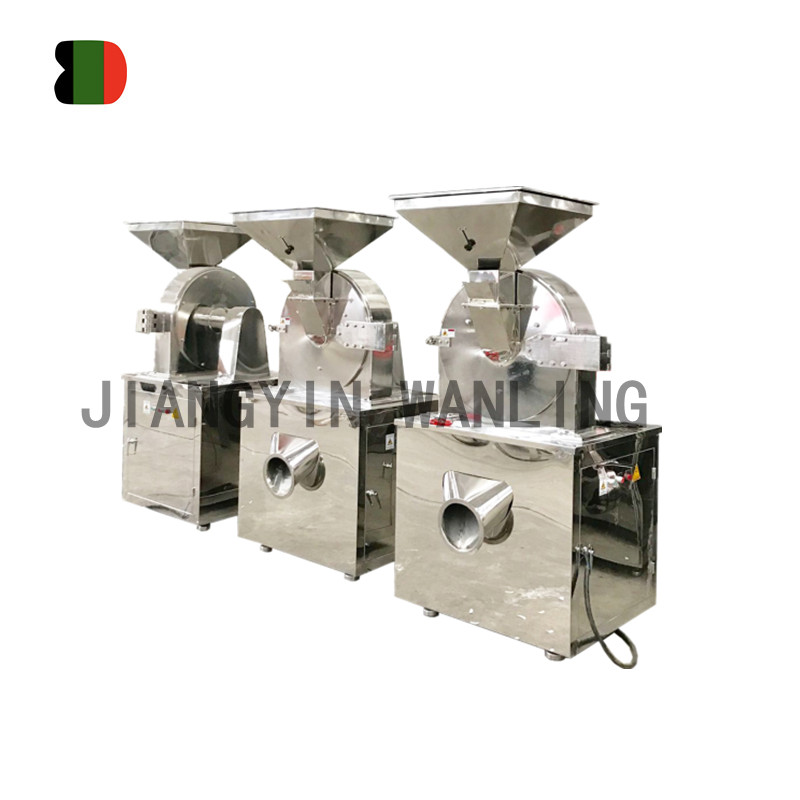
Evaporation
Once clarified, the juice still contains a large amount of water. Evaporation is used to concentrate the sugar solution:
- The juice is heated in multiple-effect evaporators to remove water gradually.
- The process increases the sugar concentration to form a thick syrup called massecuite.
By carefully controlling temperature and concentration, the mill ensures maximum sugar yield without degrading the product.
Crystallization
Crystallization is the stage where sugar begins to take solid form:
- The concentrated syrup is seeded with small sugar crystals, encouraging larger crystals to form.
- Crystallizers or vacuum pans are often used to control temperature, concentration, and agitation.
- The result is a mixture of sugar crystals and remaining syrup, known as massecuite.
This step transforms the liquid sugar into solid crystals ready for separation.
Centrifugation and Drying
After crystallization, sugar crystals are separated from the remaining liquid (molasses):
- Centrifugation: The massecuite is spun in a centrifuge to separate sugar crystals from molasses.
- Washing and Drying: Crystals are washed to remove residual syrup and dried using hot air, resulting in raw sugar.
Molasses collected from this step can be further processed or used in animal feed, fermentation, and other industries.
Refining
Raw sugar often contains residual color and minor impurities. Refining improves the sugar’s purity and appearance:
- Affination: Sugar crystals are mixed with a syrup solution to remove surface impurities.
- Melting and Filtration: The sugar is dissolved and filtered through activated carbon or ion-exchange resins to remove color.
- Crystallization and Drying: Purified syrup is crystallized again, producing white refined sugar, which is then dried and packaged for sale.
By-Products and Waste Management
Sugar mills also manage several by-products:
- Bagasse: Fibrous residue from sugarcane is often used as a biofuel for generating electricity or as raw material for paper production.
- Molasses: Used in fermentation, animal feed, or as an industrial sweetener.
- Press Mud or Beet Pulp: Can be applied as fertilizer or soil conditioner.
Efficient by-product management is essential for the economic and environmental sustainability of a sugar mill.
Conclusion
The primary process of a sugar mill transforms raw sugarcane or sugar beet into refined sugar through several well-coordinated stages: raw material preparation, juice extraction, clarification, evaporation, crystallization, centrifugation, drying, and refining. Each step is designed to maximize sugar yield, ensure quality, and manage by-products efficiently. Modern sugar mills combine mechanical, thermal, and chemical processes with automation to produce consistent, high-quality sugar while minimizing environmental impact.



 Español
Español